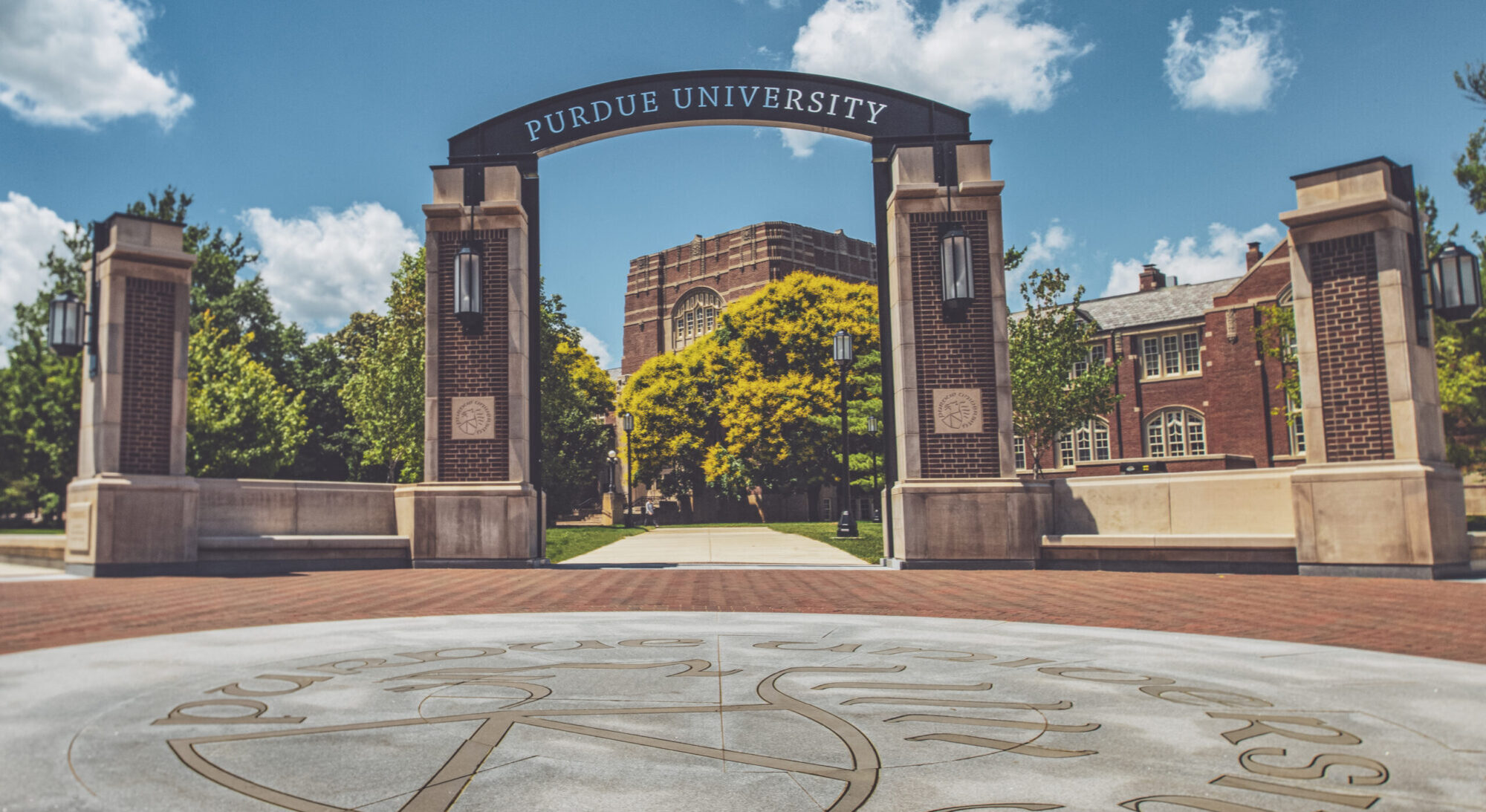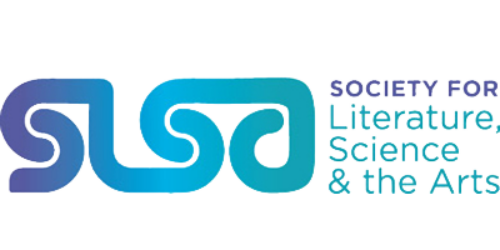AT A JUNCTURE
Curated by Dr. Shannon McMullen and Fabian Winkler
At a Juncture, the art gallery component of the 2022 Society for Literature, Science, and the Arts international conference features artistic engagement with the conference themes of Artificial Intelligence, Neural Networks, and the Human Condition.
The selected works are presented as discrete experiences, and as an emerging ecology of interrelated connections between culture, aesthetics, science and technology. As AI becomes both increasingly sophisticated and ubiquitous, how will perceptions and expressions of the human condition transform or persist?
DESCRIPTION OF WORKS:
Autopoietic Neural Network
Autopoietic Neural Network, from the Greek autopoiesis (self-creation), shows an untrained real-time neural network continuously reading and writing itself. A digital color image, and a 4-layer neural network can both be represented by an NxNx3 array. Here, the input to the network is its own self-image and the output is a new self-image, and therefore a new network. The visualization invites the viewer to consider behavior that emerges from the cybernetic feedback loop of a system whose sole purpose is to repeatedly read its own encoding as input, and rewrite itself as output.
* * *
Protect Me From What I Want
Alternative Realities: Protect Me From What I Want is a physical installation and an immersive experience. It is an ongoing conversation between the artist and participants that explores generative narratives of race, identity, and privilege in the Asian American community.
This project interrogates our relationship with technology by using computer predictions as an extension to control our own futures. We tend to make decisions based on a vision of our own future. What happens when these visions differ or never come to fruition? Leung used the model GPT-2 and trained it using transcripts of narratives about Asian American identities to generate alternative realities and possible futures. While this is an attempt by the artist to control her own future using technology, this is also a speculative, existential, and critical piece about the pervasive power and limitations of technology.
* * *
Inverted Machine Learning with Marching Cubes
In 1987, researchers at General Electric pioneered a method for generating computer graphics from medical scan data that featured an underlying language of faceted cubes. The artist wanted to make this seminal computational procedure — now known as “Marching Cubes” — into something people could build with. Jackson translated the algorithm into 3D printed construction units that permit people to act out its logic. Each assembly is unique, and created collaboratively: together, Jackson and participants perform the computer’s process. They also perform the fabrication process: in aggregating the units, layer by layer, they mimic the 3D printer that made them. Sometimes, they simply play: with humans doing the work, strict procedural logic is optional. Taken together, these evolutionary behaviors constitute an inverted form of machine learning, where a human collective interprets and improves a computational method, expanding the possible results towards more creative and meaningful ends.
In the companion workshop (Friday October 7 from 10:00am to 12:00pm), Jackson and participants explore and enact these behaviors. Working together, they create an assembly that is unique to SLSA 2022’s opportunities and constraints. This co-created artwork will be reinstalled in the gallery for the remainder of the exhibition. Attendance at the artist’s associated paper presentation (Thursday October 6 from 3:00-4:30 p.m.) is recommended, but not (at all) required.
* * *
The Keeling: Rollator, Molting, Untitled
The three works shown here are from The Keeling (2021), Guild’s MFA thesis exhibition at UC Irvine. The exhibition was an amalgamation of aloe corpses, fictional prosthetics, speculative organisms, and contemporary fossils. This work offers a speculative look at a different interspecies conversation in which destructive practices have created a new interdependence between organic and inorganic worlds. The works look into a speculative future in which climate change mitigation has failed and new interspecies relationships have been forced into existence. Guild uses her sculptural installations as tools for processing the physical traumas and alterations her body has sustained. She confronts the unnatural fusion of the body with manufactured hardware and power tools that she has lived firsthand.
* * *
Color Code, Black and White
The works examine the notion of bringing order to chaos inherent to the complexity of living in a world mediated by digital technology. Bendito orchestrates via color and form visual solutions that propose a unified reading of extremes: order and chaos; light and darkness; structure and spontaneity; intuition and system. For these works, the artist adopted the intersection of art and science as a creative framework.
For the “Color Code, Algorithmic Lines” series, from which these works are based, Bendito used a hybrid process of creation that combines mathematical and intuitive thinking for self-expression. Color palettes are based fundamentally on sampling the RGB color cube using a parametric approach. The size and position of the cuboid determine the range of possible colors for sampling. Form and composition emerge from a process in which Bendito examines the interplay of personal and cultural responses to a color palette and vectorial manipulation.
* * *
Terms of Service Fantasy Reader – A collaborative public rehearsal for a dramatization of “Terms of Service” agreements
Terms of Service Fantasy Reader is a multimodal research project that interrogates the relationship between the regulation and negotiation of digital selfhood in contemporary interface culture. The project locates and dramatizes instances of ambiguity, and misleading or for any reason striking language in “Terms of Service” agreements. The content continuously develops from workshops based on a collective performance model of a public rehearsal. Workshop outputs feed into a growing web archive, accompanied by a collection of examples of mobile app notifications, questioning the boundaries and scope of dark pattern practice in user experience design.
Contributions from the SLSA 2022 workshop (Saturday October 8 from 10:00am to 12:00pm) will become part of the work currently in the exhibition.
* * *
Ecology of Worries
Ecology of Worries is an animation featuring variously evolved critters that are driven to speak by machine learning algorithms trained on/prompted by an archive of recorded worries from people in the US and abroad, which the artists began collecting in 2016. The creatures’ performance of the worries spans a gradient of intelligibility, reflecting on the evolution of machine learning systems and whether or not we should teach a machine to worry for us. The characters are also representations of our collective anxieties, given life and evolved through evolving algorithms. The artists invite the audience to submit worries at: http://worries.io
* * *
The Raisin Truck Makes Raisins
September 20 to October 7
The Raisin Truck Makes Raisins is a collaboratively produced, 3D virtual environment that uses collage, spatial orientation and disorientation, and visual abstraction to reflect on the experience of caring for young children during the coronavirus pandemic and lockdown. Scenes in the game are produced using visual materials created by a community of collaborators that includes economically diverse, queer and immigrant caretakers. Composed of a series of abstract scenes, the game presents a diverse range of experiences with childcare-in-isolation: busy, beautiful, frustrating and chaotic, marked by vulnerability, aggravation and resilience.
A new collaborative artwork will be exhibited from October 8 and 9 following the two-part workshop on Thursday, October 6 from 3:00 to 5:00pm and Friday, October 7 from 3:00 to 5:00pm.
* * *
Collective World-Building Workshop Production
Premiere: October 8/9
Presentation of work created during the Collective World-building workshop during SLSA 2022 (Thursday October 6 from 3:00 to 5:00pm and Friday October 7 from 3:00 to 5:00pm). During the workshop, participants work together to produce an interactive, virtual 3D environment composed of audio recordings and photographic fragments of participants’ immediate, physical surroundings. Working together they compose the captured audio and photographic source material into a 3D scene using Lichtman’s Community Game Development Toolkit. The resulting work charts a network of chance encounters with disembodied audio-visual fragments of the surrounding environment, representing a unique, virtual composition of participants’ collective experience of space, material and sound.
* * *
AI Radio Play
Ash Eliza Smith, Jinku Kim, Robert Twomey
Recent advancements with large language models demonstrate remarkable achievements in text synthesis, understanding, and generation. A two-part hands-on workshop (October 7 1:00 to 3:00pm and October 8 from 1:00 to 3:00pm) introduces state-of-the-art transformer models (GPT-3) through an interactive event culminating in a live radio play performance and internet broadcast. Participants gain experience with collaborative worldbuilding, liveness and improv, and collective co-authorship with AI, particularly the variation induced through the unknowable contributions of improvisatory humans and large language models. SLSA 2022 is the second in a series of related workshops, resulting in the second episode in our radio play series. Learn more at: radio-play.net
Live Public Performance of the AI Radio Play
4:00 to 5:00pm, Saturday, October 8, 2022 in the Rueff Galleries.
View more about our Artists here:

